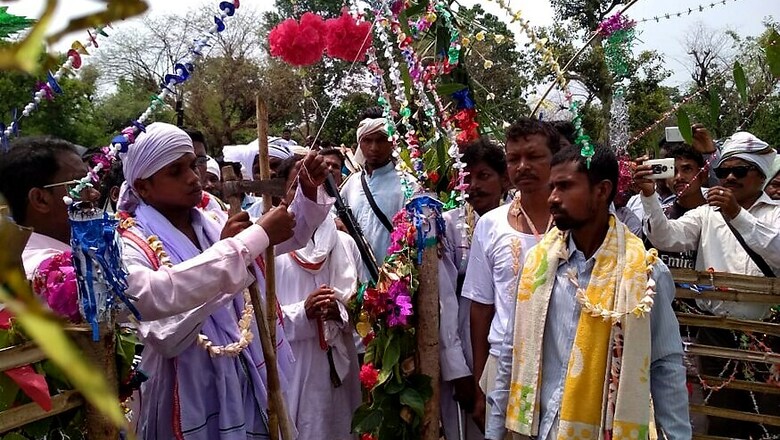
views
Adivasis behind Patthargarhi movement are now busy creating their own, parallel government, their own bank and their private police force. State intelligence sources also hint at an increasing involvement of Maoists in the Patthargarhi movement.
Patthargarhi movement, whose followers were accused by police of raping five activists in Jharkhand last month, is a tribal-led exclusionist movement that has swept hundreds of villages in central India in states like Chhattisgarh, Madhya Pradesh, Odisha and Jharkhand, where government employees and services are prohibited.
According to sources in the state's police department, the adivasi-led gram sabhas are issuing identification documents, levying toll on non-adivasi visitors, raising a police force and issuing credit from the 'Bank of Gram Sabha'. Besides these, medical hospitals based on traditional adivasi way of healing, and educational boards meant to teach adivasi-centric syllabi, have already been founded.
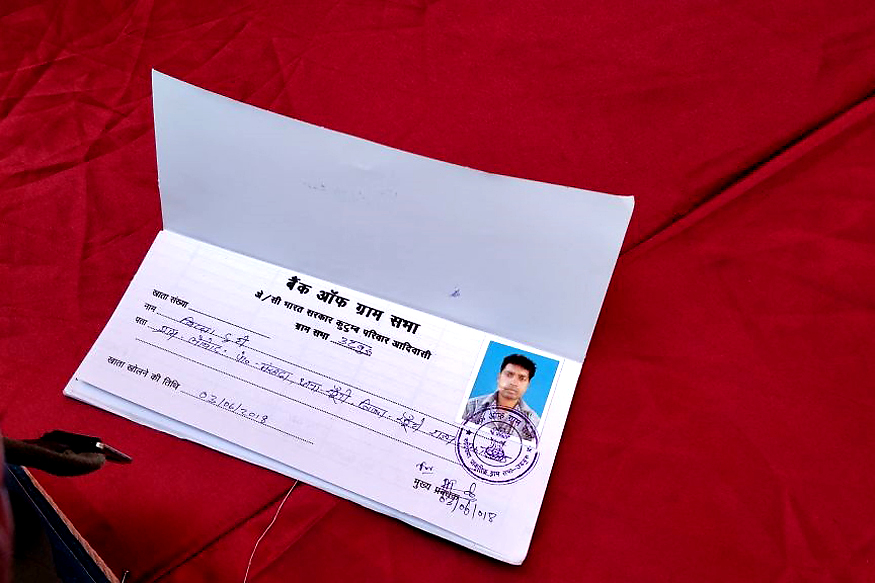
Tribals have now started opening accounts in 'Bank of Gram Sabha' (News18)
Most of these initiatives have so far been reported from Jharkhand's Khunti, West Singhbum and Saraikela districts. But security agencies, whose chief concern is the raising of private army by the adivasis, expect these stronger anti-state measures to spread to other Patthargarhi affected areas quickly.
"Adviasis are recruiting their private army is a real concern for us. We have found that they're looking for volunteers for this army, which may be used against us. Till as recently as last week they received 500 applications. The first batch seems ready. Their training is likely to begin shortly," said a senior police officer.
He added, "Also worrying for us is the involvement of Maoists in the whole scheme of things. They may not have been associated with this program from the beginning but there are strong hints we're receiving that the Maoist top leadership is roaming in Patthargarhi areas unhindered and monitoring the progress of this movement."
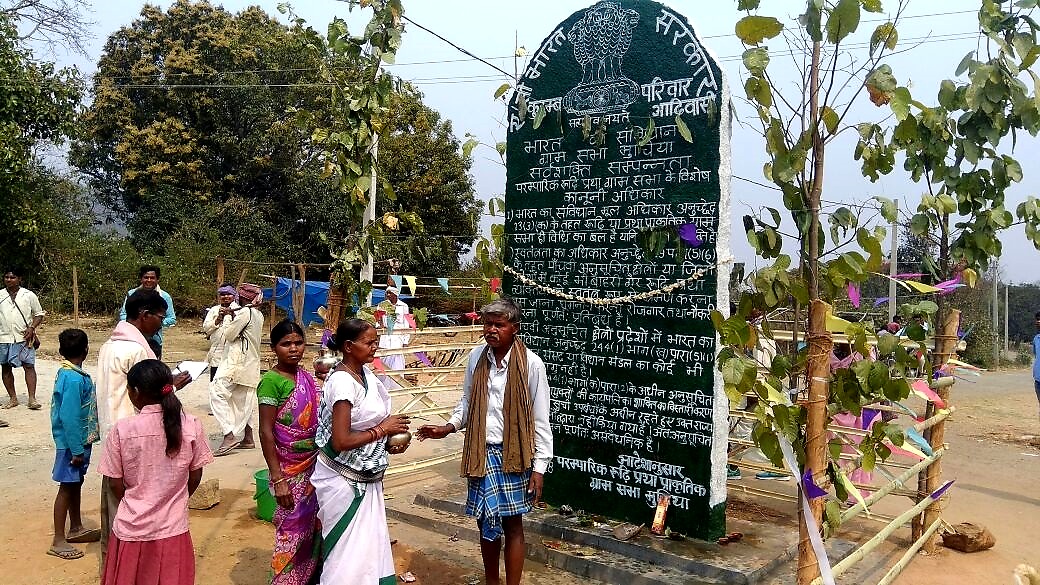
Adivasis recently laid the foundations of the 'main adivasi administrative office', which they call 'Kendriya Karyala' (News18)
The private army is a huge concern for the various forces deployed in the valley - local police, specialised units, CRPF battalions - not just in itself.
But it is their private "police force" that is the biggest cause of worry for the security agencies. Just a fortnight ago, tribals were enraged after they were prevented from carrying out a Patthargarhi ceremony - placing of a special stone outside a village and declaring it autonomous, raided the house of the local MP and abducted four police constables and decamped with three assault rifles.
Police and CRPF units surrounded the village for three days straight and only after the adivasi gram sabha agreed, were the policemen allowed to go with their service weapons. Adivasis are known to clash with security forces regularly, and do not shy away from taking policemen hostage regularly.
In August last year, Khunti Superintendent of Police and 150 other security personnel, including 50 CRPF personnel, were held hostage for 12 hours by thousands of angry adivasis after the state forces tried to remove barricades put up by locals to regulate movement of people in village Kanki - a Pathhargarhi village. The security personnel were let go only after the intervention of the area deputy commissioner and DIG.
Forces are wary of clashes with local adivasis. Death of even a few locals in retaliatory firing could cause massive unrest in the entire state, one-quarter of whose population is adivasi.
The other big cause of worry for the administrative officials of the area is that tribals are abandoning government-run schools and clinics for the schools and clinics run by the local gram sabha.
"They have instituted their own medical board where they're treating people through what they call 'horapathy' - administration of traditional tribal medicines, which the adivasis claim can also cure cancer and diabetes."
Senior police officers, who have been tracking the developments in these adivasi-dominated areas, told News18 that adivasis recently laid the foundations of "the main adivasi administrative office" which they call "Kendriya Karyala" of their "central government" in Udburu, Khunti.
Intelligence and police officials learned a lot about the inner developments with the Patthargarhi ranks after going through the documents they collected from a raid on the houes of one of the most wanted tribal leaders in Jharkhand - Joseph Purti, also known as Yusuf Purti.
"One of the things we found was that he was collecting funds for instituting the 'Bank of Gram Sabha'. We realised after studying these documents that the Patthargarhi movement has advanced far more than what we had earlier estimated," said an official on condition of anonymity.
It was this time last year when the first Pathhargarhi stone was installed outside a village in Khunti district. Since then hundreds and hundreds of villages across several states have followed the practice and hundreds more are being added to this list every month. Government approved identifications like voter card and Aadhaar are not recognised by the local adivasis, who also do not recognise the sovereignty of the Indian Parliament.











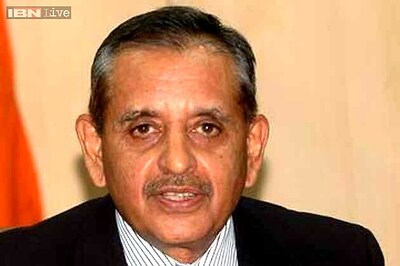

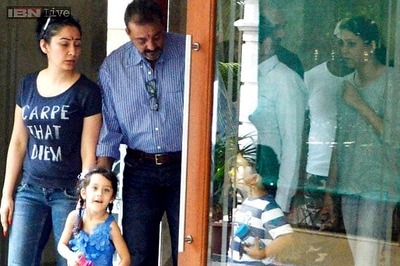
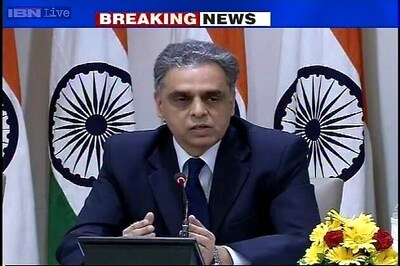


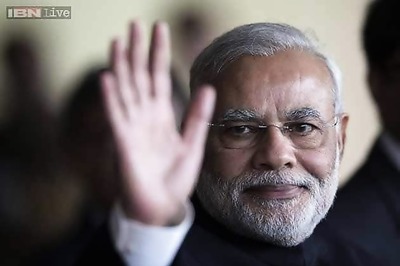


Comments
0 comment